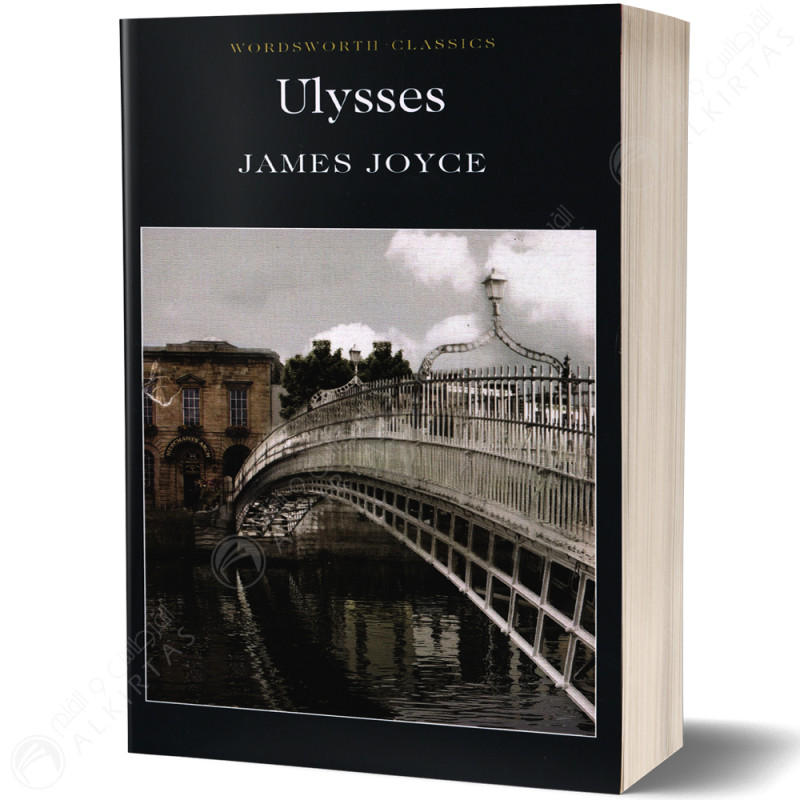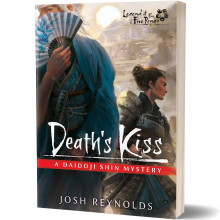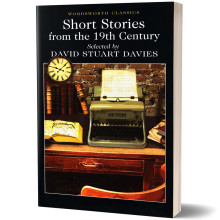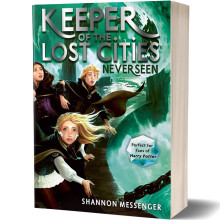"A man of genius makes no mistakes."
With a new Introduction by Cedric Watts, Research Professor of English, University of Sussex.
James Joyce's astonishing masterpiece, Ulysses, tells of the diverse events which befall Leopold Bloom and Stephen Dedalus in Dublin on 16 June 1904, during which Bloom's voluptuous wife, Molly, commits adultery.
About the Book
James Joyce's astonishing masterpiece, Ulysses, tells of the diverse events which befall Leopold Bloom and Stephen Dedalus in Dublin on 16 June 1904, during which Bloom's voluptuous wife, Molly, commits adultery.
Initially deemed obscene in England and the USA, this richly-allusive novel, revolutionary in its Modernistic experimentalism, was hailed as a work of genius by W. B. Yeats, T. S. Eliot and Ernest Hemingway.
Scandalously frank, wittily erudite, mercurially eloquent, resourcefully comic and generously humane, Ulysses offers the reader a life-changing experience.
About the Author
James Joyce
James Joyce (1882 – 1941) was an Irish novelist and playwright, and is considered one of the most influential writers of the 20th century. His short story collection, 'Dubliners', and his novels 'A Portrait of an Artist as a Young Man', 'Ulysses' and 'Finnegans Wake' are unique.
James Joyce was born on February 2nd1882 in the suburb of Rathgar, Dublin; he died on January 13th,1941, in Zürich, and was buried there. These bare facts tell us a great deal about Joyce. He was born and grew up in the nineteenth century, in a period when Ireland was under the political and social control of England, and under the even firmer moral control of the Catholic Church. But he died in Europe, during the Second World War, in a country that could give him shelter precisely because it was neutral. That Ireland was also neutral in that war was by then of no consequence to him; his final visit to his native country was in 1912. He flew by those nets of nationhood.
James Joyce was the first surviving child of John Joyce and Mary Jane Murray. When he was born in 1882, the family was reasonably well-to-do, John Joyce holding a position as collector of rates. James Joyce was educated first at the Jesuit boarding school, Clongowes Wood College, from1888 to 1891. When he was nine years old, his father was pensioned off from his position, and the Joyces became substantially poorer. Eventually, after a spell with the Christian Brothers, James went in 1893, along with his nearest brother Stanislaus, to the Jesuit school, Belvedere College in Dublin; their education was free. In 1898 he began his studies in modern languages at University College, Dublin. It was here that he began writing, essays, plays and poems. After graduating in 1902, he initially enrolled as a medical student, but shortly thereafter travelled to Paris, working from hand to mouth, writing and teaching. In 1903 he returned to Dublin to attend his mother on her death-bed; she died in August, 1903, at the age of forty-four.
Early in 1904, Joyce began writing Stephen Hero which would eventually, over many years, become A Portrait of the Artist as a Young Man. At the same time, he pursued briefly the possibility of a singing career. He had an excellent tenor voice, and was encouraged by John McCormack, then the upcoming Irish tenor. He took professional singing lessons and entered the Feis Ceoil, the competitive Festival of Music, for 1904, the competition which McCormack had won in 1903. Joyce did not complete the competition, perhaps because he could not sight read the final competitive piece. He was nonetheless awarded the bronze medal. Thereafter, he and McCormack kept in touch and later Joyce presented him with copies of his novels.
Joyce met his great love, Nora Barnacle, in June1904 and myth has it that their first sexual encounter took place on June 16th,a date sanctified in Ulysses, and ever afterwards in Irish cultural history as Bloomsday. Soon afterwards, he wrote the first of the stories that would become Dubliners; ‘The Sisters’ was published in the Irish Homestead in July, 1904. In September, 1904 Joyce began living in the Martello Tower in Sandycove that would later figure in Ulysses, but at the same time he was deepening his relationship with Nora. In October, 1904 they left Dublin together, unmarried, but permanently wedded; James Joyce was twenty-two years old, Nora Barnacle twenty.
They settled in Trieste, where Joyce worked as an English teacher. Joyce’s brother Stanislaus joined them. Their children Giorgio and Lucia were born there. It was during this period that Joyce completed Dubliners and A Portrait of the Artist as a Young Man, together with the play, Exiles and a large part of Ulysses. Joyce was always beset by publishing difficulties; his work challenged orthodoxy, and printers in particular objected to his work, being legally responsible as they were for any charge of indecency against it. In 1912, Joyce paid his last visit to Dublin. In 1914, Dubliners was, after many setbacks, published by Grant Richards, and in the same year the first chapters of Portrait were published in The Egoist under the editorship of Harriet Shaw Weaver, Ezra Pound being a significant influence here. [Its full publication came under an American imprint in December 1916, soon followed by an English edition in 1917.]
In 1915, the Joyces were still in Trieste, amidst the turmoil of the First World War. Stanislaus Joyce was interned there, but James Joyce and his family fled to Zürich. Around this time Joyce began to concentrate on the ongoing writing of Ulysses, episodes of which were published from early in 1918 in The Little Review. In 1919 the family returned to Trieste, but in 1920 Pound persuaded Joyce to settle in Paris. Here he struck up his connection with Sylvia Beach of the bookshop Shakespeare and Co.; Beach it was who brought out the first edition, in Paris, of Ulysses, on Joyce’s birthday, February 2nd, 1922. Attempts to export this edition to England ended in the books being impounded by customs and destroyed, in 1923.The Odyssey Press published an English language edition in 1932. The full British edition did not appear until 1936, published by John Lane.
Joyce began his final great work, Finnegan’s Wake, in 1922, hard on the heels of the first publication of Ulysses. Finnegan’s Wake would eventually be published in 1939. In 1931, James Joyce and Nora Barnacle married, in part because of Joyce’s concerns about his estate. During this period, their daughter Lucia was diagnosed as schizophrenic (however that diagnosis may be seen now), and their son Giorgio struggled to make his way as a professional singer. Both seem to have suffered from the peripatetic life-in-exile of their parents. At the outbreak of the Second World War, living in a France under severe threat, Joyce and his family were welcomed back to Zürich, although Lucia was left behind in hospital in France. Joyce was already ill, and died on January 13th, 1941, from a perforated ulcer. He is buried in the city that always gave him refuge.
- Langue
- Anglaise
- Dimensions
- 127 mm x 198 mm
- Edition
- Wordsworth Editions
- Collection
- Wordsworth Classics
- Auteur
- James Joyce
- Poids
- 475 g
- Nombre de pages
- 682 pages
- Date de Parution
- January 15, 2010
- Série
- Classics


































